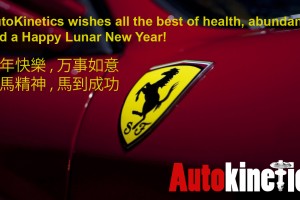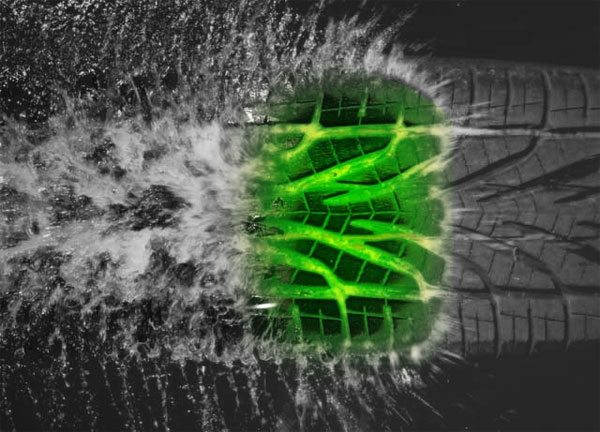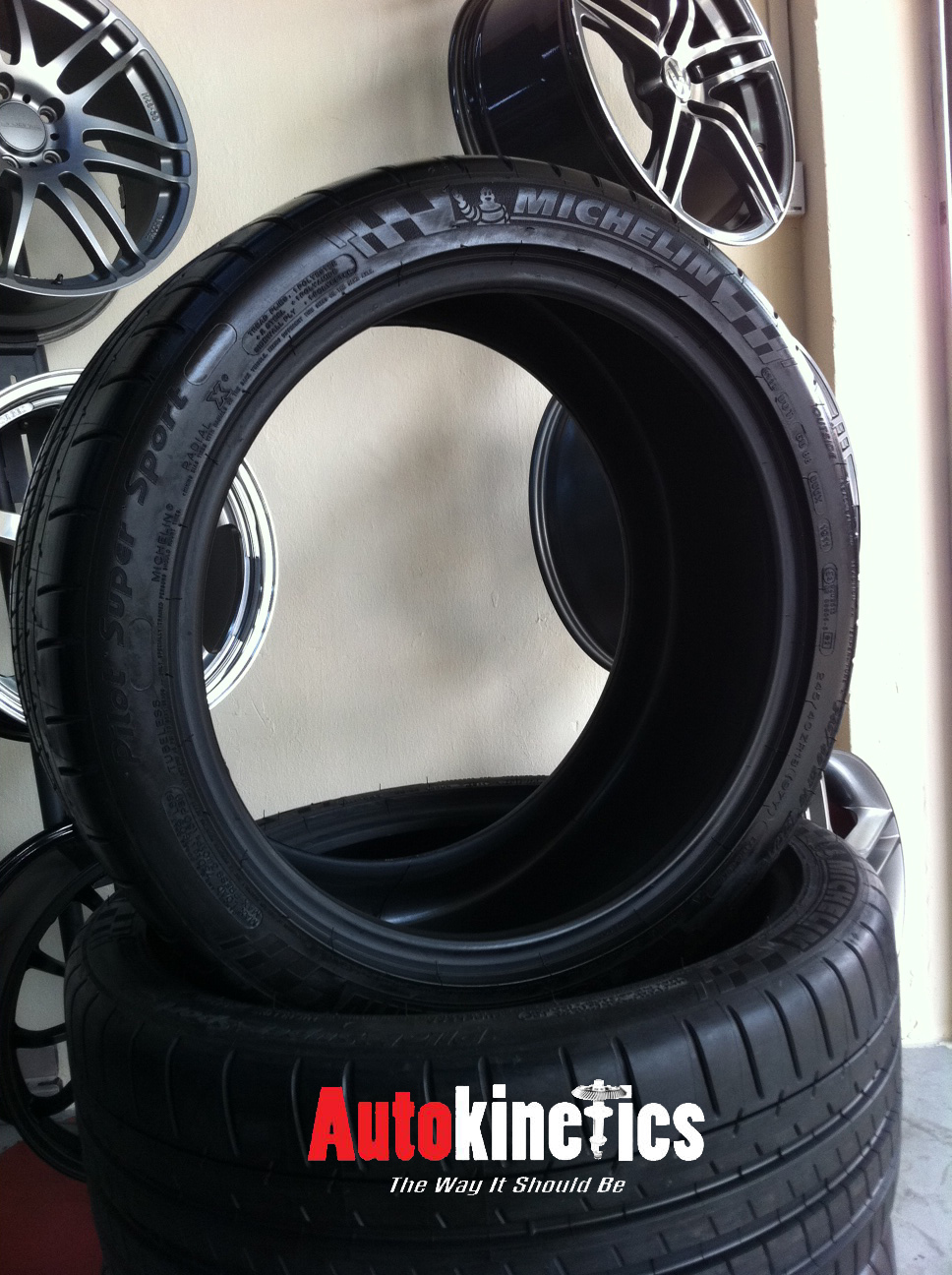Ok not the real Winter of the Northern Hemisphere, but the bi-annual rainy season in the October – December period, in which I’m sure all of you ARE experiencing now.
Recently, I had a close shave with an accident at PIE along Jalan Anak Bukit, in which a retarded driver in front jam braked for no apparent reason, leading me and the car behind to brake abruptly, thus causing a van 2 vehicles behind to smash right into the poor car right behind me! Thankfully, this happened during a generally dry period with high visibility and my tires in good condition. I am certain that if it was raining then, due to the wet and slippery road, I would have been caught in the accident some way or another (and coming out of it with a damaged vehicle) due to vehicles losing traction, resulting in a very hassled insurance claim nightmare.
I mean, look at the number of crashed metal barricades along the undulating terrain especially along PIE. New replaced metal barricades join old barricades in a tangle and twist of mess in every bend along PIE. In fact, drivers simply know that when it rains, there will most likely be an accident along our express-ways. If there is an absence of accidents, we ought to buy TOTO/4D!
This incident highlights one of my main points : Do you have sufficiently good tires to tide you through this monsoon season? Our loved ones’ lives, our very overpriced cars, our very precious NCDs, they all hinge around 4 pieces of simple rubber which are in contact with the road. To save that bit of “small money” even when you know that your tires are “botak” or bald and risk forfeiting safety or the above mentioned unforeseen circumstances, I think I’d rather keep my tires in tip-top condition.
Here are a few tips on keeping your tires in good condition for the wet season:
1) Check the tire pressure! Nothing kills tires as fast as poor tire pressure maintenance, and by having insufficient tire pressure, you are not enabling the tire tread design to work as intended i.e. not 100% of the tread is in contact with the ground. This leads to loss of traction especially under hard braking or acceleration, as the tire will be out of shape and the most important water channeling grooves will not be performing its duties – channeling water away.
2) Visual inspection for uneven wear! Uneven wear can be caused by poor tire maintenance, especially insufficient tire pressure or failure to rotate the tires on a regular basis, causing one side (usually the inner side) to wear faster than the other. Uneven tire wear, albeit under the right pressure, will cause the tire to perform erratically, as the tire is no longer functioning as what the engineer designed it to. Hence, the risk of loss of traction is as high as the lack of pressure.
3) Don’t save on tires – When it’s time to change, it’s time to change. At Autokinetics, we have seen our fair share of customers escaping near crashes and 180 degree spins in traffic due to tyre balding. Most of the time, it is already too late by then. Why do you wish to encounter an uncontrollable slide before you are alerted to change tires? If your tires have already reached 20-30% of the tread wear, you are running a serious risk of losing traction in the dry, much more in the wet condition, where the grooves are definitely too shallow to allow water to be channeled away. This leads to the increased risk of aquaplaning, in which it is truly down to luck whether you can maintain the control of your vehicle when it begins sliding.
That said, please drive safely, and like what LTA has kindly flashed around the island, “Think of your Loved Ones”. Do all of them a favour, practice good tire maintenance and do not subject them to unnecessary risks on our already risky wet expressways.

AutoKinetics – The Way it Should Be











